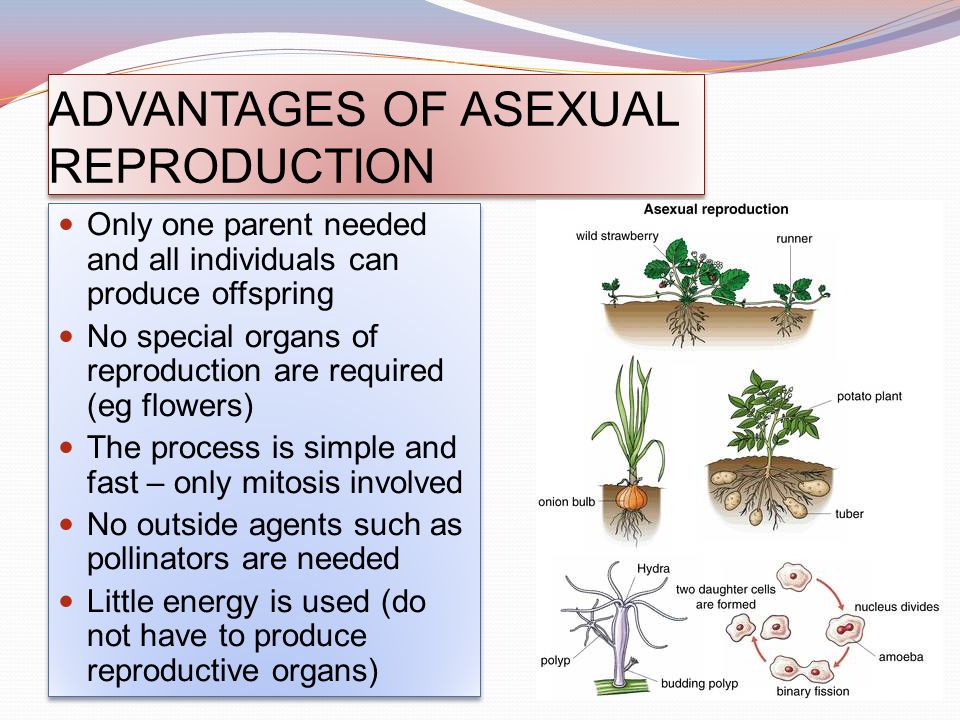What is Asexual reproduction in Plants?
Asexual reproduction in plants is a form of reproduction where a new plant is produced without the fusion of male and female gametes.
There are about 5 or 7 types of asexual reproduction, which are also the methods in which plants are reproduced asexually.
In asexual reproduction, the plant produced is genetically identical to the parent because it’s produced from a lone parent.
Advantages of Asexual reproduction in Plants
There are advantages of asexual reproduction in plants, and a few disadvantages as well.
For the scope of this article, we’ll be discussing some advantages of asexual reproduction.
Plant resemblance
In the asexual reproduction of plants, the new plants resemble exactly the parents from which they were produced.
This is an advantage, as the qualities borne by the parents are passed on to the offspring without any variation.
Also, it is possible to obtain several generations of a particular kind of plant with some special desired quality.
Plants mature faster
The new plants that are produced by asexual reproduction mature faster than those produced by sexual means.
Since one parent is required in asexual reproduction, reproduction is quick and energy is better used.
The cuttings from the adult plant (parent) produce progeny that matures faster than in sexual reproduction where the young plant (seedling) is grown from the seed of the parent plant.
Reproduction is influenced by limited factors
In the asexual reproduction of plants, reproduction is easy and not influenced by many factors unlike sexual reproduction
For example, asexual reproduction does not depend on processes such as pollination, fertilization, and the dispersal of fruits and seeds.
These processes occur only by the intervention of external agents which are not bound to be available when needed.
But for asexual reproduction, the plant depends on its own activity to reproduce asexually.
Asexually produced plants have a better survival rate
Both sexually and asexually produced plants can survive provided the conditions are favorable for growth.
While sexually produced plants have both genetic properties of parents and can help in survival, they can’t be compared to asexually produced plants.
The new plants from asexual reproduction are able to obtain nourishment from their parent plants and so are able to survive temporarily unsuitable conditions.
In sexual reproduction, germinating seeds have only a limited amount of stored food and under unfavorable conditions may not be able to compete for their germination.
Asexual reproduction is not wasteful
Asexual reproduction, unlike reproduction from seeds, does not result in the indiscriminate and widespread distribution of new plants, a process that is often accompanied by the wastage of a large number of offspring.
On the other hand, it often gives rise to dense clumps of plants that do not encourage competitors.
However, these clumps are very persistent and difficult to eradicate, should the plants in question be ‘weeds’
Conclusion
Asexual reproduction in plants is very effective in producing healthy new plants since quality can be well controlled.
Since there’s human interference, production can be well managed.
Mass production was the main challenge in the past, but with the advancements in technology and machines for planting crops commercially, it’s now far better than sexual reproduction.








